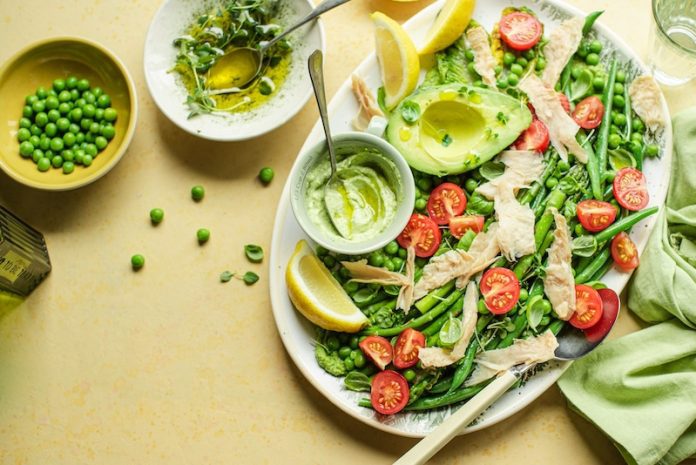
High cholesterol is a common health issue that affects millions of people worldwide.
It’s a condition where there are high levels of bad cholesterol (LDL) and not enough good cholesterol (HDL) in the blood.
This imbalance can lead to serious health problems, including heart disease and stroke. One effective way to manage high cholesterol is through dietary changes, particularly by adopting a low-fat diet.
The concept of a low-fat diet is straightforward: reduce the intake of fats, especially saturated and trans fats, which can raise cholesterol levels. Instead, the focus is on eating foods that are naturally low in fat and beneficial for heart health.
Research has consistently shown that low-fat diets can help reduce levels of bad cholesterol.
A landmark study published in the Journal of the American Medical Association found that participants who followed a low-fat diet saw significant reductions in LDL cholesterol compared to those who did not change their diet.
Another study from the American Heart Association confirmed these findings, showing that a low-fat eating plan could also help increase good cholesterol (HDL) levels, enhancing cardiovascular health.
Food Swaps
One of the easiest ways to start a low-fat diet is by making simple food swaps:
- Instead of whole milk or cream, try skimmed or 1% milk.
- Swap butter and margarine for healthier alternatives like olive oil or avocado spread.
- Choose lean meats like chicken or turkey breast and fish instead of red meats like beef and pork.
- Instead of regular cheese, go for low-fat or reduced-fat options.
- Replace snacks like chips and cookies with fruits, nuts, or yogurt.
These swaps not only reduce fat intake but also help in incorporating foods that can lower cholesterol levels naturally, such as fruits and vegetables, whole grains, and nuts.
Cooking Tips
How you prepare your food can also make a big difference in your diet’s fat content:
- Grill, bake, or steam foods instead of frying.
- Use herbs and spices to flavor your meals instead of relying on creams or sauces.
- When cooking, measure out oils to avoid using more than necessary.
- Make your own marinades with vinegar, citrus, and spices instead of using pre-made ones that may contain a lot of fat.
More Dietary Tips
Beyond food swaps and cooking methods, consider the overall pattern of your diet:
- Increase your intake of fiber-rich foods like vegetables, fruits, and whole grains. Fiber can help reduce the absorption of cholesterol into your bloodstream.
- Include plenty of fish in your diet, particularly fatty types like salmon and mackerel, which are high in omega-3 fatty acids and have been shown to lower triglycerides and improve overall heart health.
- Pay attention to portion sizes to avoid consuming too many calories, which can contribute to weight gain and negatively impact cholesterol levels.
Conclusion
Adopting a low-fat diet to manage high cholesterol doesn’t have to be complicated or bland. By making smart food swaps, employing healthier cooking methods, and focusing on a balanced diet, you can significantly improve your cholesterol levels and reduce your risk of heart disease.
Remember, the key is consistency and making sure these dietary changes become a regular part of your lifestyle.
Always consult with a healthcare provider or a dietitian before starting any new diet, especially if you have underlying health conditions. With the right approach, a low-fat diet can be a delicious and effective way to boost your heart health.
Follow us on Twitter for more articles about this topic.
Copyright © 2024 Scientific Diet. All rights reserved.





